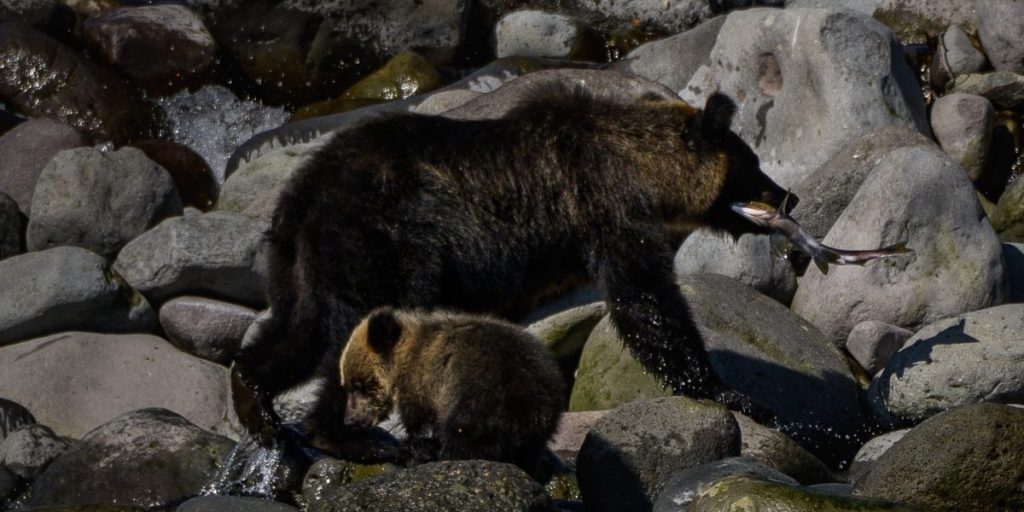
Japan is turning to artificial intelligence to defend against a growing number of bear attacks.
Last year, bears injured more than 200 people and killed six, according to Japan’s Ministry of Environment. Most of these attacks occurred in the country’s Tohoku region, the northern part of Japan’s largest and most populous island. In 2022, approximately 158 people were attacked.
This encourages officials set up a pilot system in the central region of the country, which will use artificial intelligence to send alerts to authorities and hunters when bears are suspected of moving into areas close to people. The system will use surveillance cameras from both private security and government agencies to collect data, and will also try to predict where the bears will go in the coming weeks and months.
The trial program will go into effect this summer.
A number of factors are to blame for the rise in bear attacks. There are fewer children in the villages in the affected areas. The noise that children make traditionally scares away bears. Climate change is also affecting the food that bears prefer, forcing them to expand their search area. Bears coming out of hibernation in the spring too more prone to attack.
Officials advise people to take good care of their fruit trees and consider installing electronic fences to keep bears out.
Bear attacks in Japan have recently made headlines, with one brown bear attack on a truck being caught on dash cam. The Ussuri brown bear shown in the attack can move at speeds of 31 mph and weigh more than 660 pounds.
A few days earlier, a pair of brown bears approached a 50-year-old karate practitioner who managed to disperse them with a couple of kicks to the face.
“I thought I had to make my move or else I would be killed,” he told a local news outlet.


